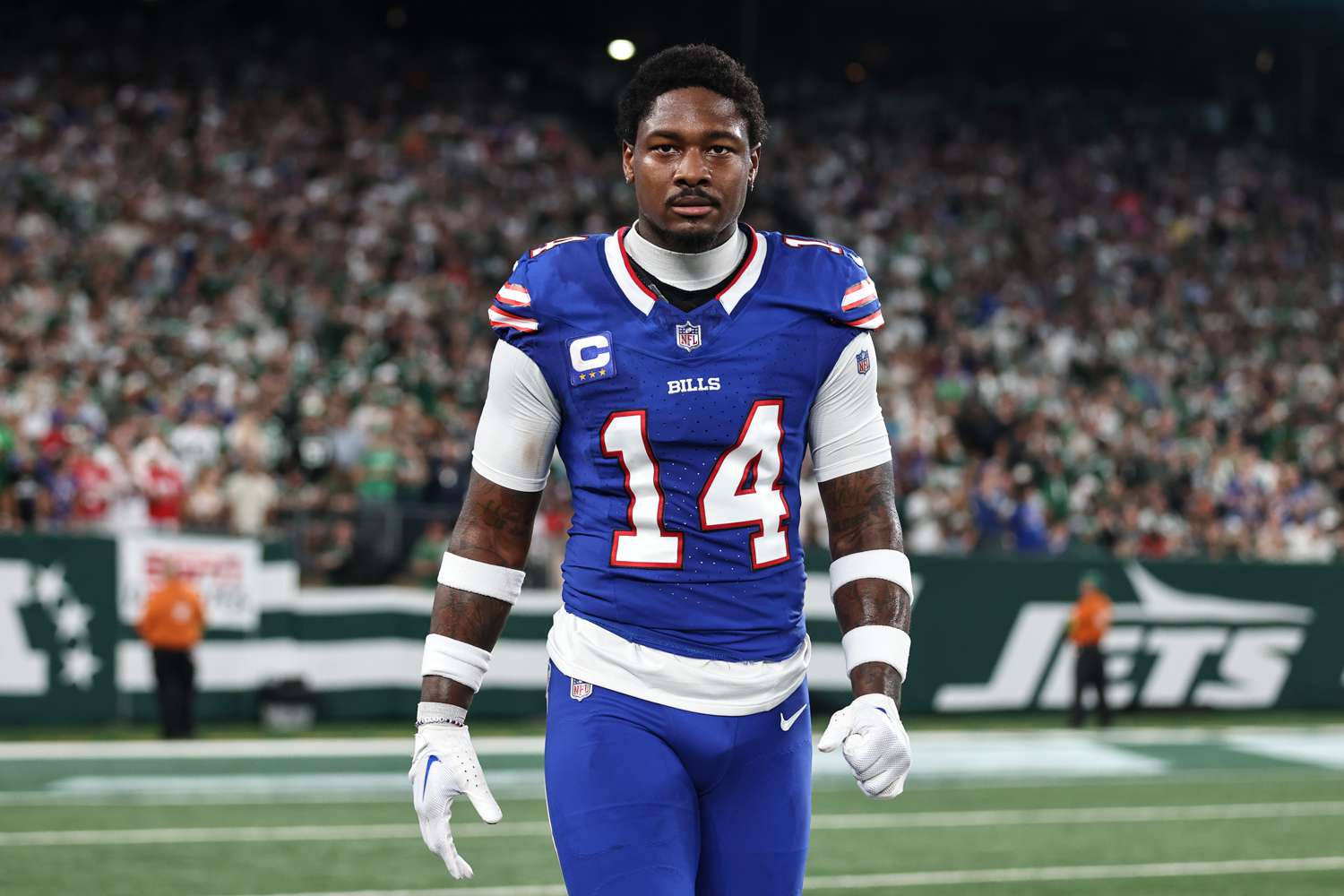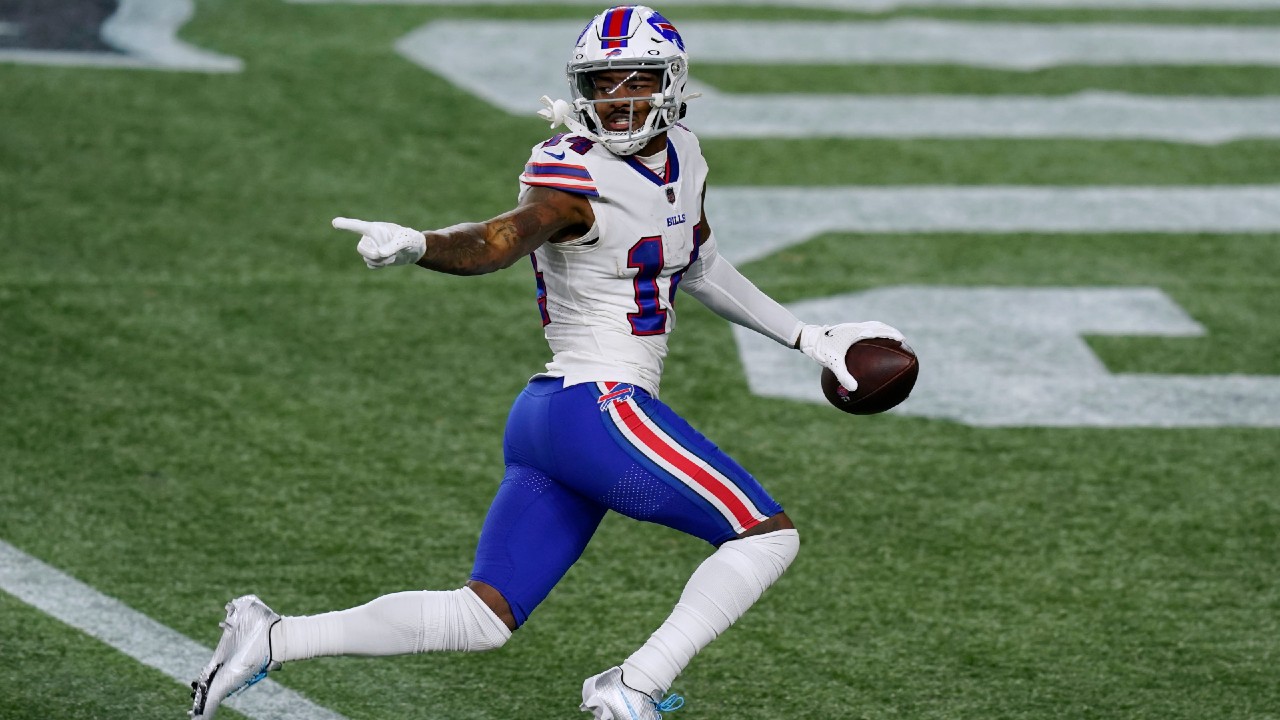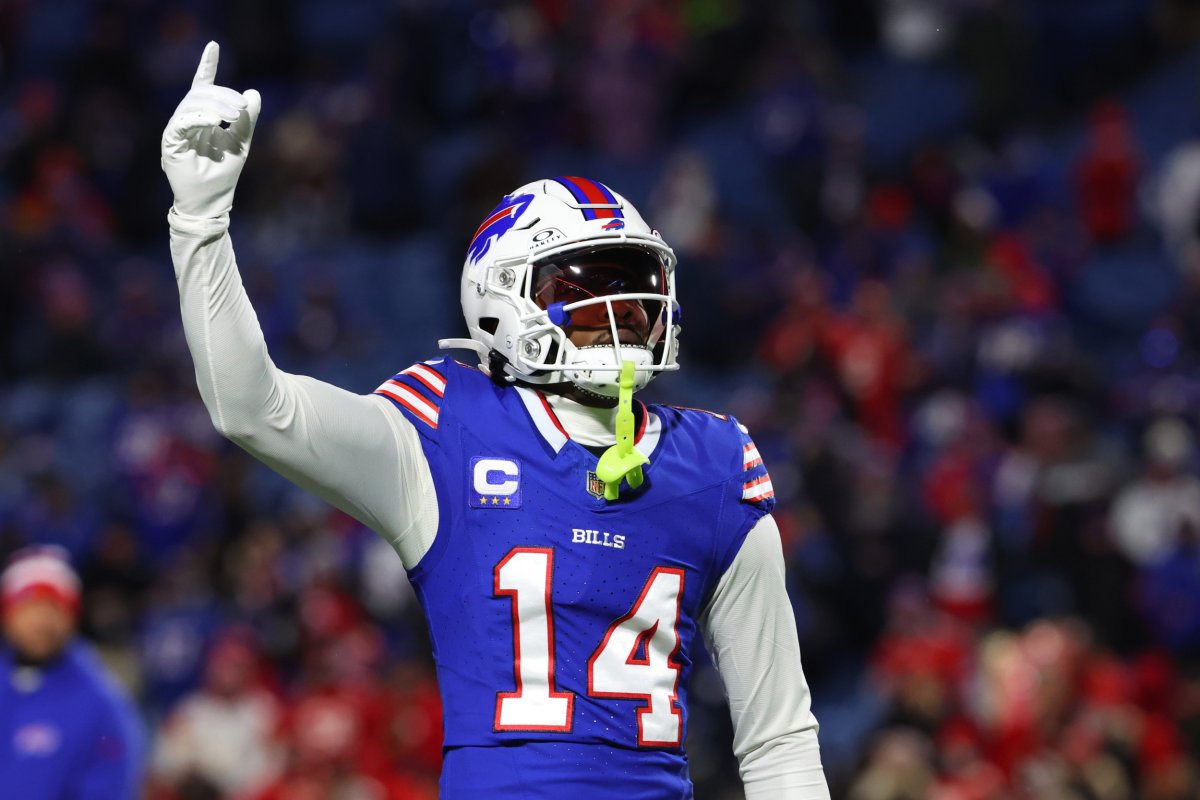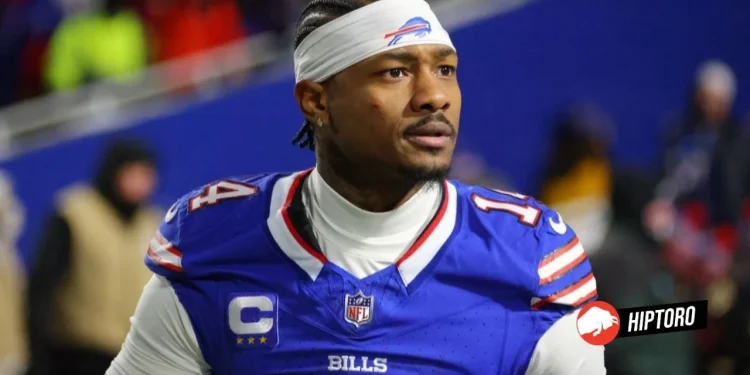In a move that has sent ripples across the NFL, the Buffalo Bills made headlines by trading star wide receiver Stefon Diggs to the Houston Texans. This decision not only shocked fans and analysts but also marked a significant turning point for the team’s offensive lineup. As the Bills aim to reconfigure their roster for the upcoming season, questions loom about the impact of this trade on their Super Bowl aspirations and how they plan to fill the void left by Diggs.

A Closer Look at the Trade’s Impact
Orchard Park witnessed one of its most pivotal moments on January 21, 2024, when the Bills decided to part ways with Diggs. The trade, described by many as “bombshell,” has been met with skepticism due to the seemingly underwhelming return from the Texans. This move, primarily motivated by salary cap considerations, has raised eyebrows about the Bills’ on-field strategy heading into the new season.

For years, the Bills have been knocking on the door of Super Bowl glory, with each season bringing them closer to the coveted championship. However, despite their consistent performances, the ultimate prize has eluded them. The decision to trade Diggs, following the departure of Gabe Davis in free agency, represents a significant gamble by the team’s management. It’s a clear signal that the Bills are willing to shake up their roster in pursuit of success.
Reconstructing the Wide Receiver Depth Chart
With Diggs and Davis no longer on the roster, the Bills’ wide receiver depth chart has undergone a dramatic transformation. The team now looks towards Khalil Shakir, Curtis Samuel, Mack Hollins, and a host of other talents to fill the gap. Shakir, despite a promising second season, has yet to prove himself as a WR1. The additions of Samuel and Hollins bring experience and potential, but questions remain about their ability to lead the Bills’ aerial attack.
Bills trade Stefon Diggs to the Texans!
Why I like this move for Buffalo… pic.twitter.com/6ODwo6LE7k
— DIE-HARD 🦅 Fans (@Eaglesfans9) April 3, 2024
Curtis Samuel’s versatility and prior success with the Panthers offer a glimmer of hope. His ability to make an impact from the slot could be crucial for the Buffalo Bills’ offense. On the other hand, Hollins’ inconsistent performances post his career year with the Raiders highlight the challenges ahead. The Bills’ strategy seems to hinge on the hope that these players can step up and fill the void left by Diggs and Davis.
Buffalo Bills: Future Prospects and Draft Strategies
The Buffalo Bills are at a crossroads, with the upcoming NFL draft presenting an opportunity to bolster their receiving corps. Speculation is rife that Buffalo will use its draft capital, including the second-round pick acquired from Houston, to select a promising wide receiver. The need for a dynamic playmaker to complement Josh Allen is evident, and the draft offers a pathway to address this pressing need.

As the Buffalo Bills navigate the post-Diggs era, the focus shifts to how they will retool their offense. The success of their strategy will depend not only on the contributions of newly acquired players like Samuel and Hollins but also on their ability to unearth talent in the draft. The challenge for the Bills is clear: rebuild a competitive receiver room that can support their Super Bowl ambitions.
In conclusion, the Buffalo Bills‘ decision to trade Stefon Diggs has set the stage for a significant overhaul of their wide receiver depth chart. As the team looks to the future, the effectiveness of their strategy will be closely scrutinized. With the NFL draft on the horizon, the Bills have a crucial opportunity to reshape their offense and take another step toward achieving their championship dreams.

Source: Fansided









